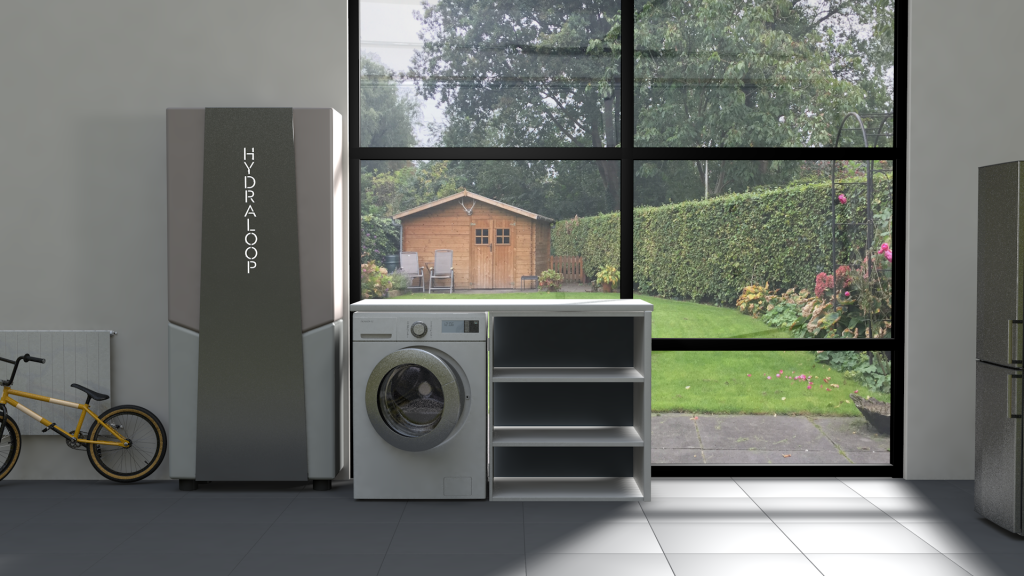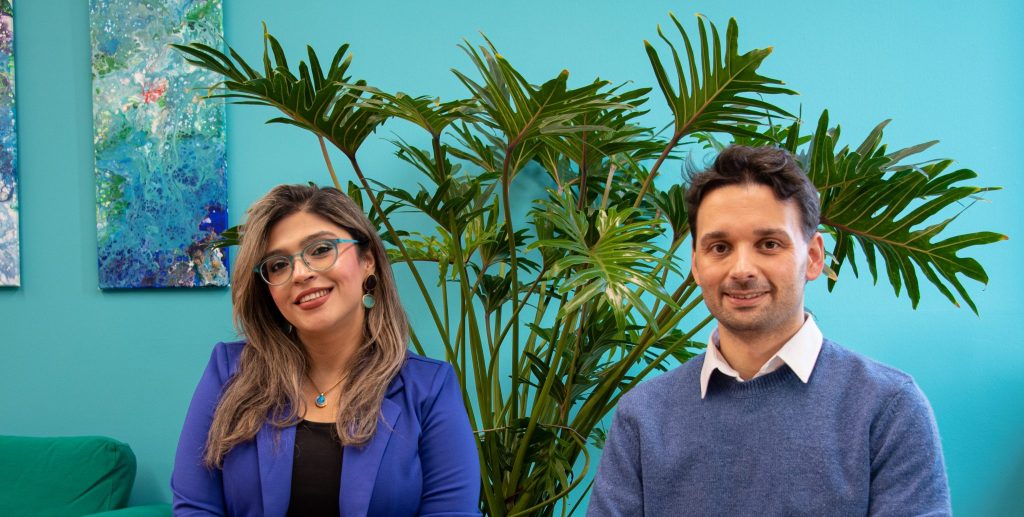By 2050, it’s estimated that 52% of the world’s projected 9.7bn people will live in regions where the demand for water is greater than the supply. That’ll have a major effect on businesses — S&P estimates that 66% of major global companies will have at least one asset at risk from climate change by 2050, with the greatest risk coming from water stress.
As the threat of water scarcity ramps up, water is becoming more of a tech bet too, and a trickle of VCs are cottoning on. European VCs invested $300m into water tech startups in 2022, up from $150m in 2021 — still a small portion of climate tech funding, but one that’s growing.
“Water has always been VC-backable,” says Anouk Kruijff, partner at PureTerra, an Amsterdam-based water tech firm. “The investment community is just late to the game and lacks the understanding of water as a subject or as an industry.”
Founders across Europe are building solutions to conserve it, or even produce new water sources — something that makes the sector a “dynamic opportunity”, Kruijff says.
Recycling household water
In most houses, water comes from the same mains supply and undergoes the same purification treatment. The result, says Sabine Stuiver, cofounder of Dutch startup Hydraloop, is an inefficient and wasteful system.
“It’s absolutely crazy that we are still flushing our toilets with pure tap water,” she says.

Hydraloop has produced an appliance that allows people to recycle and reuse water in their homes. Its unit takes gray water (lightly contaminated water) — from the bath, shower, washing machine or dryer — then collects and cleans it so it can be reused for things like flushing toilets and washing clothes. Gray water accounts for around 60% of water used in homes.
The appliance, which stands 185cm tall and can be integrated within bathrooms or kitchens, works by sending the used water through a series of decontamination processes including UV treatment and being filled with bubbles.
The system can reduce water consumption by up to 45%, Stuiver says.
Solving industry’s water problem
It’s not just households that need to conserve water: industry has a big water problem. Sectors like chemicals, pharmaceuticals and pesticides need a lot of water for their processes — and they also end up with a lot of heavily polluted wastewater.
Contaminated water left over from industry is often mixed with sludge and incinerated. It’s an energy-intensive process that produces a lot of CO2 emissions, wastes the water and can sometimes release the pollutants into the air.
Oxyle, an ETH Zurich spinout, is working on an alternative to water incineration that it says could help industry reuse water and avoid the byproducts of incineration.
“We have a material that, when it gets activated by bubbling or vibrations, starts to break down the bonds of chemicals,” explains Fajer Mushtaq, cofounder of Oxyle. The process can remove perfluoroalkyl and polyfluoroalkyl substances (PFAS) — also known as “forever chemicals”.

“At the end of the treatment you’re left with water that is safe to discharge,” he says Mushtaq — it can either safely enter the water cycle or be used by a company for things like cooling.
Some businesses are also already affected by water stress, says Oxyle Cofounder Silvan Staufert.
“There are regions that are already experiencing water scarcity, where the water supply is becoming an issue for production. In India, for example.” In those areas, recovering water from industry and reusing it is particularly pertinent.
Other companies working on next-gen industrial-scale water recovery include Sweden’s Aquammodate, which uses the natural properties of living cells to purify water — a method it says uses less energy than other processes. It was named one of Norrsken’s most promising impact startups in 2022.
Tapping the sky
Some startups aren’t just recycling or cleaning existing water — they’re pulling water out of the air, creating a fresh water reserve.
Drupps, based in Uppsala, Sweden, recovers water from the steam produced by industrial processes. It uses a liquid, Absium, which captures, liquefies and transfers moisture in the air into a distiller, where water is generated.
The company estimates that industry accounts for 60% of Sweden’s water usage — recapturing water from steam could significantly lower that figure and help prevent water scarcity.
Europe’s water tech pipeline
PureTerra’s Kruijff says the other water tech trend she’s tracking is using artificial intelligence and machine learning tools to optimize water distribution and monitor resources in real time — something that will become increasingly critical as water scarcity increases.
She’s hopeful about Europe’s water tech pipeline but says there are still funding gaps.
“The investment landscape for water tech has risen in importance hand-in-hand with the rise in importance of water issues globally,” Kruijff says.
“But investment in the water sector still lags far behind other sectors, such as energy. Most of these investments are going to companies which are in seed or pilot-phase, while more funds are needed to take on the risk of funding water technologies in their later stages.”
Freya Pratty is a senior reporter at Sifted. She tweets from @FPratty and writes our climate tech newsletter — you can sign up here.